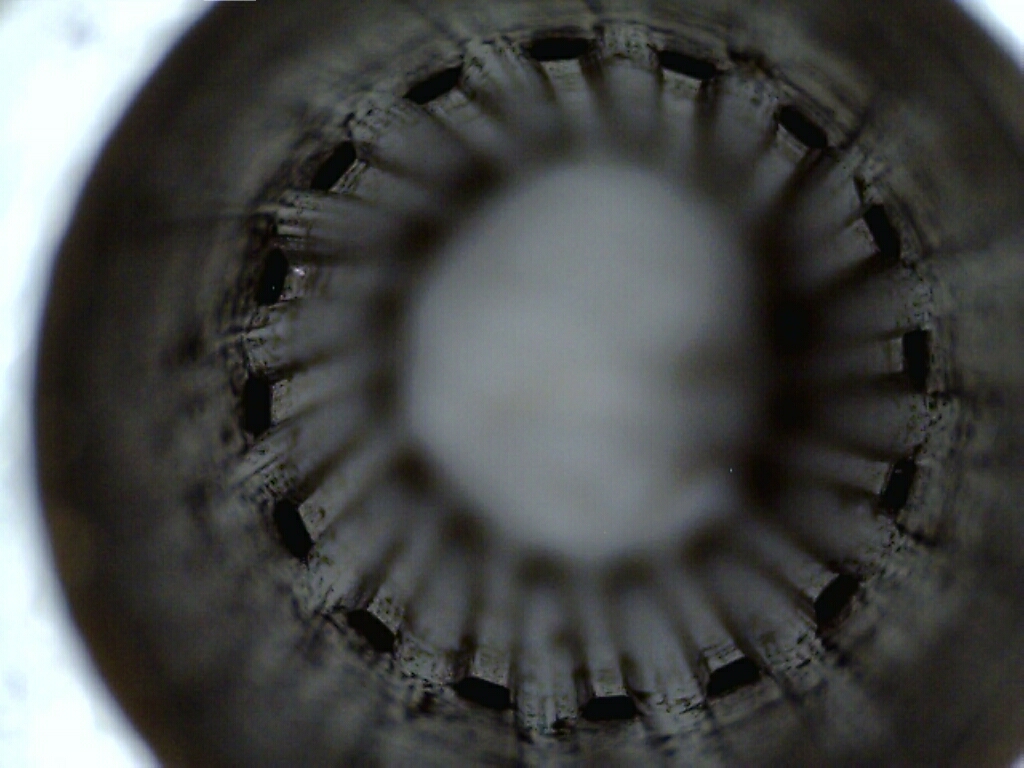robinghewitt
62 Cal.
- Joined
- Jun 26, 2004
- Messages
- 2,605
- Reaction score
- 19
Got me a Harpers Ferry Hall in original 1826 flint
Everyone who photographs a Hall goes straight for the pop up breeching, so I thought I'd be different :thumbsup: :rotf:

Everyone who photographs a Hall goes straight for the pop up breeching, so I thought I'd be different :thumbsup: :rotf:







